Home>Garden Essentials>How Long Does It Take Cantaloupe To Grow From Seed
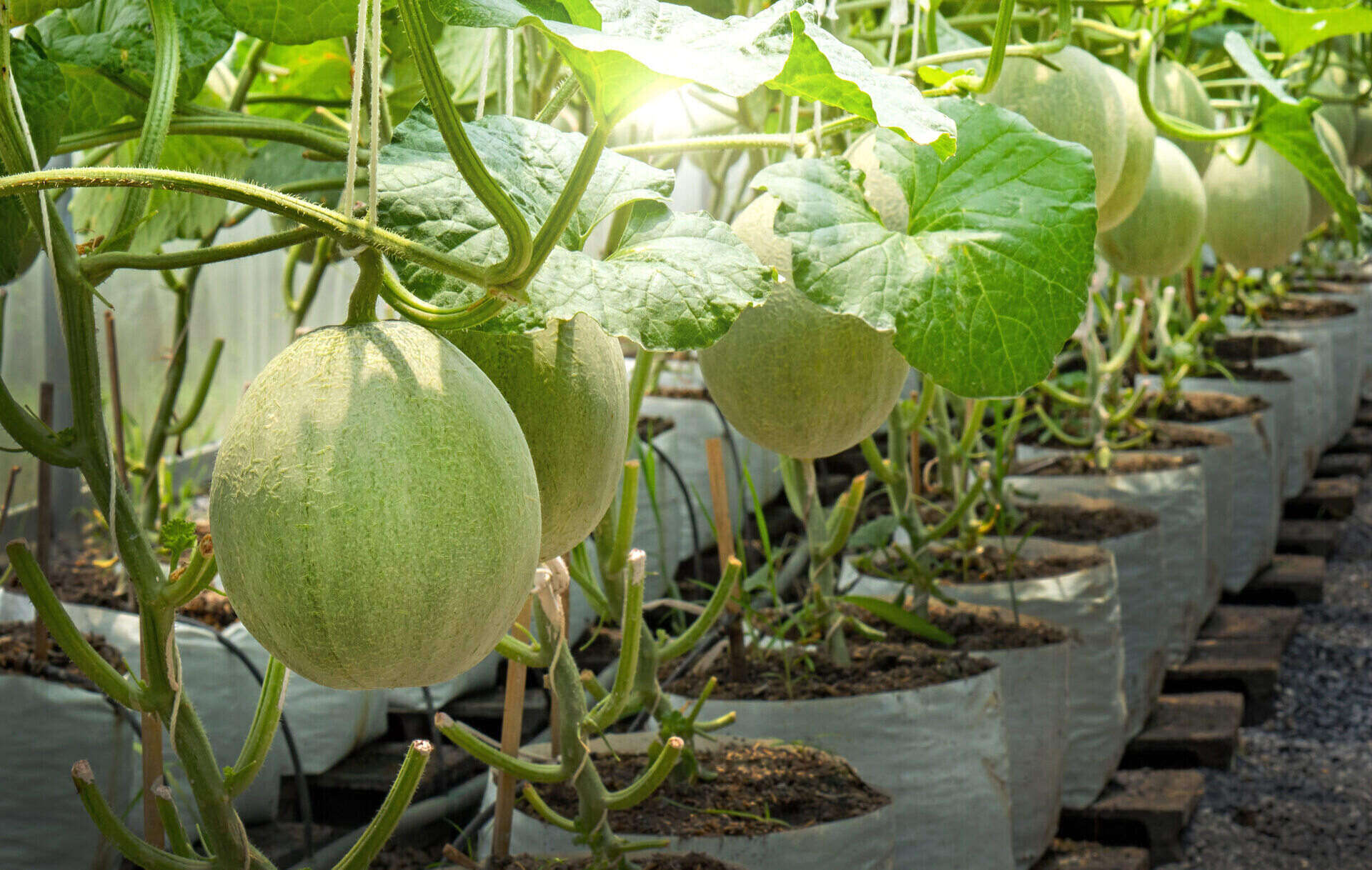

Garden Essentials
How Long Does It Take Cantaloupe To Grow From Seed
Modified: May 6, 2024
Find out how long it takes for cantaloupes to grow from seed in your garden. Discover the timeline for this popular fruit and start planning your harvest.
(Many of the links in this article redirect to a specific reviewed product. Your purchase of these products through affiliate links helps to generate commission for Storables.com, at no extra cost. Learn more)
Introduction
Welcome to the wonderful world of growing cantaloupe from seed! Whether you’re a seasoned gardener or a beginner with a green thumb, growing your own cantaloupes can be a rewarding and delicious experience. Not only are cantaloupes a tasty and refreshing fruit, but they are also packed with essential vitamins and minerals. From picking the perfect seeds to harvesting the ripe juicy melons, this guide will provide you with the knowledge and tips to successfully grow cantaloupes from seed.
Before we dive into the details, let’s clarify a common question – how long does it take for cantaloupe to grow from seed? While the exact time may vary depending on various factors, including climate and growing conditions, on average, it takes about 80 to 100 days from planting the seeds to harvesting ripe cantaloupes. This means that with proper care and patience, you can enjoy homegrown cantaloupes in just a few months!
Now that we know the timeline, let’s move on to the next step in the process – choosing the right cantaloupe seeds.
Key Takeaways:
- It takes about 80 to 100 days for cantaloupes to grow from seed to harvest. With patience and proper care, you can enjoy homegrown cantaloupes in just a few months!
- Choosing the right seeds, providing optimal growing conditions, and implementing effective weed and pest control are key to successfully growing sweet and juicy cantaloupes in your garden.
Read more: How Long To Grow Cantaloupe From Seed
Choosing Cantaloupe Seeds
When it comes to choosing cantaloupe seeds, there are a few key factors to consider. Firstly, select seeds that are specifically bred for your climate zone. This ensures that your cantaloupes will have the best chance of thriving in your local weather conditions.
Another important factor to consider is the variety of cantaloupe you want to grow. There are numerous different cantaloupe varieties available, each with its own unique flavor, size, and appearance. Take some time to research different varieties and choose the one that suits your preferences.
Pay attention to the seed package or description, as it will provide valuable information about the flavor profile, days to maturity, and disease resistance of the cantaloupe variety.
Consider opting for organic or heirloom seeds, as they are often free from synthetic pesticides and genetically modified organisms (GMOs). This not only benefits your health but also promotes environmental sustainability.
Once you have selected the perfect cantaloupe seeds, it’s time to move on to the next step – planting them.
Planting Cantaloupe Seeds
Now that you have your cantaloupe seeds, it’s time to get them in the ground. Here are a few steps to follow when planting cantaloupe seeds:
- Prepare the soil: Cantaloupes thrive in well-draining soil with a pH level between 6.0 and 6.8. Make sure to amend the soil with compost or organic matter to improve its fertility and drainage.
- Choose the right location: Cantaloupes are sun-loving plants, so choose a location in your garden that receives full sunlight for at least 6 to 8 hours a day.
- Sow the seeds: Dig small holes about 1 inch deep and space them around 2-3 feet apart. Place 2-3 seeds in each hole and cover them with soil.
- Water the seeds: After planting, thoroughly water the soil to help the seeds settle in. Be careful not to overwater, as soggy soil can encourage rot.
- Mulch: Apply a layer of organic mulch around the seedlings to help conserve moisture, suppress weeds, and regulate soil temperature.
Once the seeds are planted, it’s time to be patient and wait for germination.
Note: If your growing season is short, you can start cantaloupe seeds indoors a few weeks in advance and transplant the seedlings outdoors once the danger of frost has passed.
Germination Time
After planting the cantaloupe seeds, you may be wondering how long it will take for them to germinate and emerge as seedlings. On average, cantaloupe seeds take about 7 to 14 days to germinate, but this can vary depending on factors such as temperature, humidity, and seed quality.
To ensure successful germination, it’s important to provide the optimal conditions for your cantaloupe seeds. Here are a few tips:
- Warm temperature: Cantaloupe seeds require a warm soil temperature of around 70 to 85 degrees Fahrenheit (21 to 29 degrees Celsius) for optimal germination. Using a seedling heat mat or placing the seeds in a warm location can help accelerate germination.
- Moisture: Keep the soil evenly moist, but not overly saturated, during the germination period. Water the seeds gently and avoid creating puddles or waterlogging the soil.
- Consistency: Maintain a consistent moisture level and temperature throughout the germination process to provide the seeds with a favorable environment for sprouting.
During the germination period, be patient and resist the urge to disturb or dig around in the soil. The cantaloupe seeds are busy establishing roots and absorbing nutrients from the soil.
Once the seedlings have emerged, it’s time to provide them with the proper growing conditions to ensure healthy growth and development. Let’s explore some essential factors for growing cantaloupes successfully.
Growing Conditions
Growing cantaloupes requires specific conditions to ensure healthy plant growth and maximize fruit production. Here are some key factors to consider:
- Temperature: Cantaloupes thrive in warm temperatures. The ideal daytime temperature range for growth is between 75 and 95 degrees Fahrenheit (24 and 35 degrees Celsius) with nighttime temperatures above 60 degrees Fahrenheit (15 degrees Celsius). If you live in a region with cooler summers, consider using techniques such as raised beds or black plastic mulch to help warm the soil.
- Sunlight: Cantaloupes are sun-loving plants and require at least 6 to 8 hours of direct sunlight daily. Choose a planting location that receives full sun to promote optimal growth and fruit development.
- Soil: Cantaloupes prefer well-draining soil with a pH level between 6.0 and 6.8. Amend the soil with organic matter, such as compost or aged manure, to improve fertility and drainage. Avoid heavy clay soils that tend to retain too much moisture.
- Spacing: Cantaloupes need adequate space to grow and spread their vines. Plant them at least 3 to 4 feet apart to allow for proper air circulation and prevent overcrowding.
Additionally, it’s important to keep an eye on your cantaloupe plants and address any potential issues promptly. Let’s discuss watering, fertilizing, and controlling pests and weeds.
Cantaloupe seeds typically take 7-10 days to germinate. Once planted, it takes about 80-90 days for the fruit to mature and be ready for harvest. Keep the soil consistently moist and provide plenty of sunlight for best results.
Watering and Fertilizing
Proper watering and fertilization are essential for the healthy growth and development of cantaloupe plants. Here are some guidelines to follow:
- Watering: Cantaloupes require consistent moisture throughout their growing season. Water the plants deeply, ensuring that the soil is evenly moist but not waterlogged. Avoid overhead watering, as wet foliage can encourage diseases. Use a drip irrigation system or water at the base of the plants to minimize water waste and fungal issues.
- Monitor soil moisture: Regularly check the soil moisture levels by sticking your finger into the soil up to the knuckle. If it feels dry, it’s time to water. Be mindful of watering during hot and dry periods, as cantaloupes have a high water demand.
- Fertilizing: Cantaloupes are heavy feeders and benefit from regular fertilization. Before planting, incorporate a balanced organic fertilizer into the soil. Once the plants have started producing fruits, side-dress with a nitrogen-rich fertilizer to support continued growth. Follow the package instructions for proper application rates.
- Compost: Apply well-composted organic matter around the base of the plants to provide a slow-release source of nutrients throughout the growing season. Compost not only enriches the soil but also helps retain moisture.
By paying attention to watering and fertilizing, you can ensure that your cantaloupe plants receive the nutrients and hydration they need to thrive. However, it’s important to be mindful of potential weed and pest control as well. Let’s discuss how to keep your cantaloupes healthy and free from unwanted intruders.
Weed and Pest Control
To ensure the optimal growth and health of your cantaloupe plants, it’s crucial to implement effective weed and pest control measures. Here are some strategies to help you keep your plants thriving:
- Weed control: Regularly inspect your cantaloupe patch and remove any weeds that may compete with your plants for nutrients and water. Hand-pulling weeds or using a shallow hoe is an effective way to keep the area weed-free. Applying a layer of organic mulch around the plants can also help suppress weed growth and conserve soil moisture.
- Pest prevention: Protect your cantaloupes from potential insect pests by implementing preventive measures such as using row covers or installing insect netting. This can help prevent pests like aphids and cucumber beetles from damaging your plants. Additionally, practicing crop rotation and keeping the growing area clean can help reduce pest populations.
- Pest management: If you notice signs of pest infestation, it’s important to take action promptly. There are various organic pest control methods available, such as using insecticidal soap or neem oil, to control common pests without harming beneficial insects. Research specific pests that affect cantaloupes in your region to determine the most effective control methods.
- Disease management: Cantaloupes are prone to certain diseases, such as powdery mildew and bacterial wilt. To prevent disease, ensure proper air circulation by providing enough spacing between plants. Avoid overhead watering and waterlogged soil, as these conditions can promote disease development. If necessary, apply organic fungicides or bactericides as a last resort.
By actively managing weeds and pests, you can minimize stress on your cantaloupe plants and maximize their growth and productivity. Regular monitoring and swift action will help you maintain a healthy and thriving garden.
Pruning and Trellising
Pruning and trellising your cantaloupe plants can have several benefits, including improved air circulation, better access to sunlight, and reduced risk of diseases. Here’s how to effectively prune and trellis your cantaloupe plants:
- Pruning: Cantaloupe plants tend to produce long trailing vines. To encourage better airflow and prevent the vines from sprawling on the ground, it’s recommended to prune the plants. Start by pinching off the growing tips of the main vines when they reach about 2 to 3 feet in length. This will promote lateral branching and result in a more compact and manageable plant.
- Trellising: Trellising your cantaloupes can help save space and make harvesting easier. Use a sturdy trellis or wire mesh structure for support. As the plants grow, gently weave the vines onto the trellis to train them upwards. Secure the vines using loosely tied twine or plant clips. This not only helps to keep the fruit off the ground but also improves air circulation, reducing the risk of fungal diseases.
- Prune for fruit size: If you want to grow larger-sized cantaloupes, consider pruning away weaker or excess fruits. This allows the plant to channel its energy into fewer fruits, resulting in larger and more flavorful melons.
Remember to prune and trellis your cantaloupes with care, as excessive pruning or rough handling can damage the plants. Regularly inspect the trellis for any signs of stress and make adjustments as needed.
Now that your cantaloupes are thriving and the fruits are beginning to ripen, it’s time to discuss the exciting part – harvesting!
Harvesting Cantaloupe
After all your hard work and patience, the time has finally come to harvest your delicious cantaloupes. Here are some tips to ensure a successful and flavorful harvest:
- Check for maturity: Cantaloupes are ready to be harvested when they reach full maturity. Look for signs such as a change in skin color, a strong sweet aroma, and a slight softness at the blossom end. Gently press the rind near the stem – if it gives slightly, the cantaloupe is likely ripe.
- Harvesting technique: To harvest the cantaloupes, use a sharp knife or garden shears to cut the fruit from the vine, leaving a short stem attached. Avoid pulling or twisting the fruit, as this can damage the plant. Handle the cantaloupes with care to prevent any bruises or cuts.
- Timing: Harvest cantaloupes in the morning when the temperatures are cooler. This helps to retain the fruit’s quality and flavor. Avoid harvesting during rainy or overly humid periods, as this can increase the risk of spoilage.
- Ripening: If you happen to harvest slightly underripe cantaloupes, you can allow them to ripen further at room temperature. Placing them in a paper bag with a ripe banana or apple can help speed up the ripening process.
- Enjoyment: Once your cantaloupes are perfectly ripe, slice them open to reveal the luscious, juicy flesh. Enjoy them as a refreshing snack, add them to fruit salads, blend them into smoothies, or use them in various culinary creations. The possibilities are limitless!
Remember, the flavor and sweetness of cantaloupes are at their peak when they are fully ripe. Harvesting at the right time ensures the best taste and texture.
Congratulations on successfully growing and harvesting your own cantaloupes! The journey from seed to harvest is a rewarding experience that allows you to savor the fruits of your labor.
Happy gardening and enjoy your homegrown cantaloupes!
Conclusion
Growing cantaloupes from seed can be a delightful and rewarding experience for gardeners of all skill levels. By following these steps and tips, you can successfully nurture healthy cantaloupe plants and enjoy the sweet and juicy fruits they produce.
From choosing the right seeds to proper planting techniques, providing optimal growing conditions, and implementing effective weed and pest control measures, each step in the process plays a vital role in the success of your cantaloupe harvest.
Remember to be patient and offer consistent care, as cantaloupes take time to mature. Regularly monitor your plants and address any issues promptly to ensure their health and productivity.
As you witness the growth of your cantaloupe plants, don’t forget to appreciate the beauty and wonder of nature. Watching the vines grow, flowers bloom, and fruits develop is awe-inspiring — a reminder of the incredible process of life.
When the time comes to harvest your cantaloupes, enjoy the satisfaction of picking that perfectly ripe fruit and savoring its juicy and flavorful taste. Whether enjoyed fresh, added to salads, or transformed into delightful culinary creations, the sweetness of homegrown cantaloupes will be a true treat for your taste buds.
So, roll up your sleeves, prepare your garden, and embark on the journey of growing cantaloupes from seed. With a little patience, care, and knowledge, you’ll be rewarded with a bountiful harvest and the pride that comes with growing your own delicious fruits.
Happy gardening and enjoy the delightful experience of growing and savoring your homegrown cantaloupes!
Curious about how quickly seeds sprout? Our next guide on seed germination times covers everything you need to know. Whether you're planting flowers, vegetables, or fruits, understanding the germination process is key to a successful garden. This article breaks down the stages of seed sprouting, offering insightful tips to enhance your planting strategy.
Frequently Asked Questions about How Long Does It Take Cantaloupe To Grow From Seed
Was this page helpful?
At Storables.com, we guarantee accurate and reliable information. Our content, validated by Expert Board Contributors, is crafted following stringent Editorial Policies. We're committed to providing you with well-researched, expert-backed insights for all your informational needs.
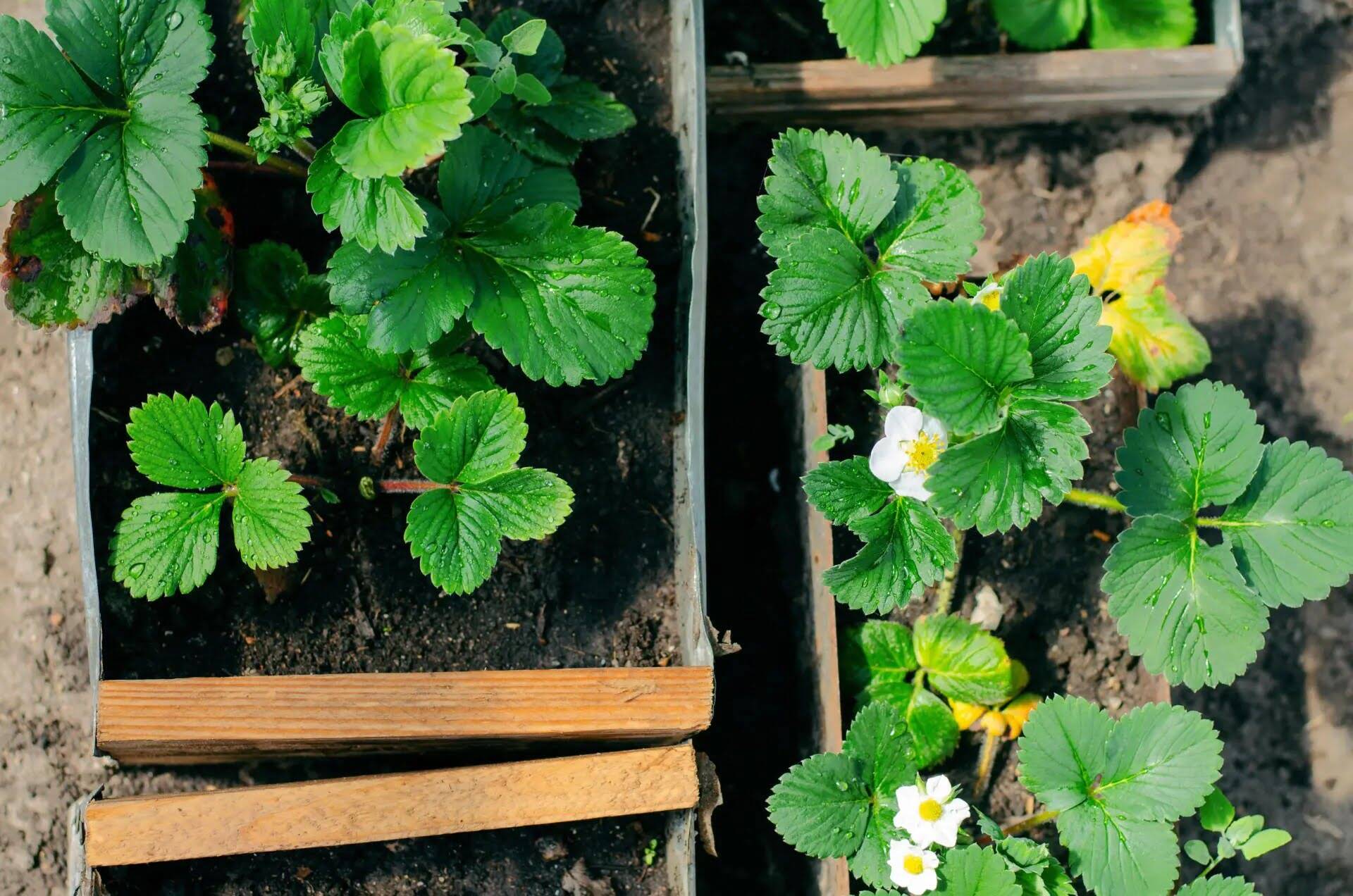
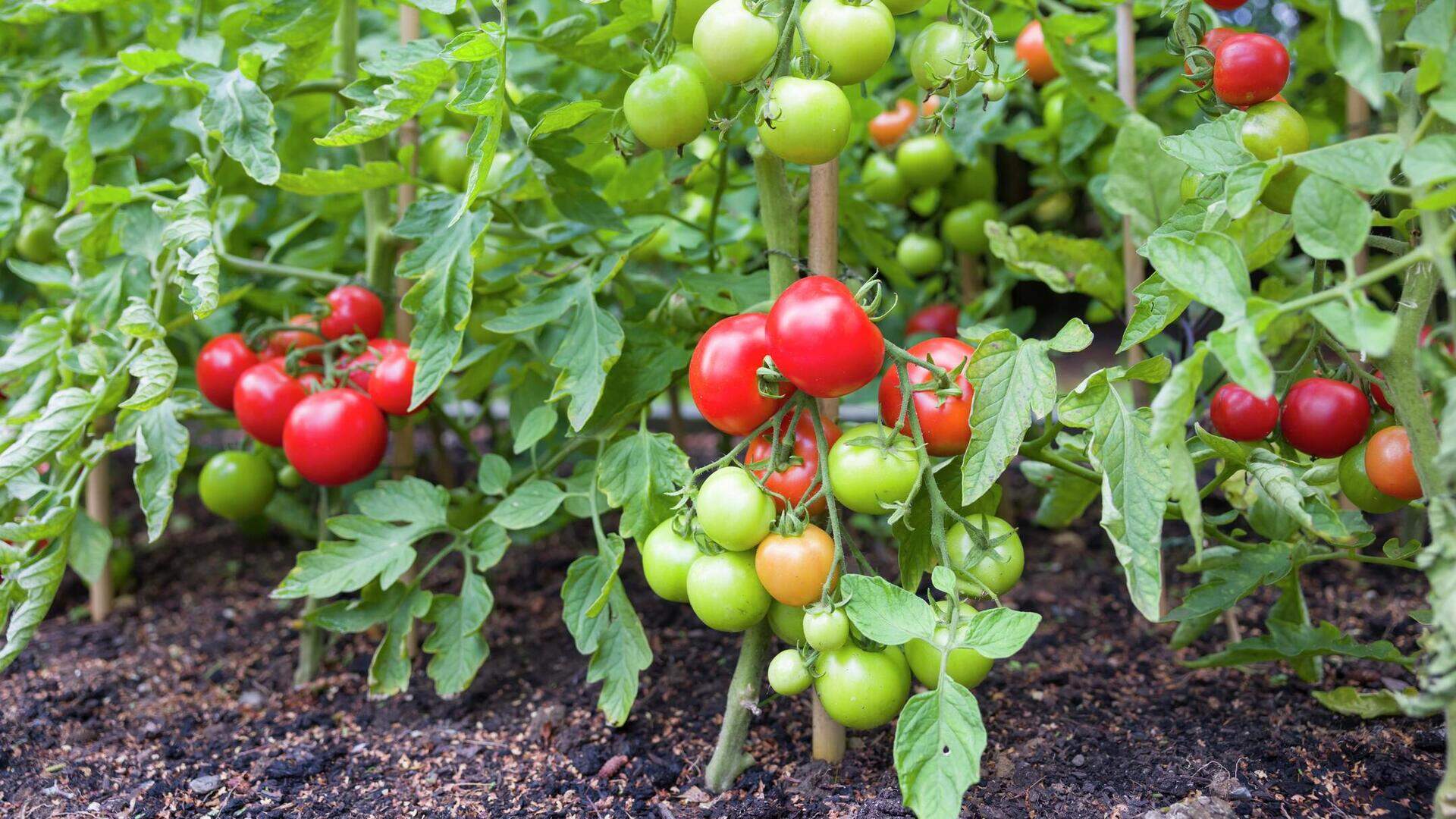
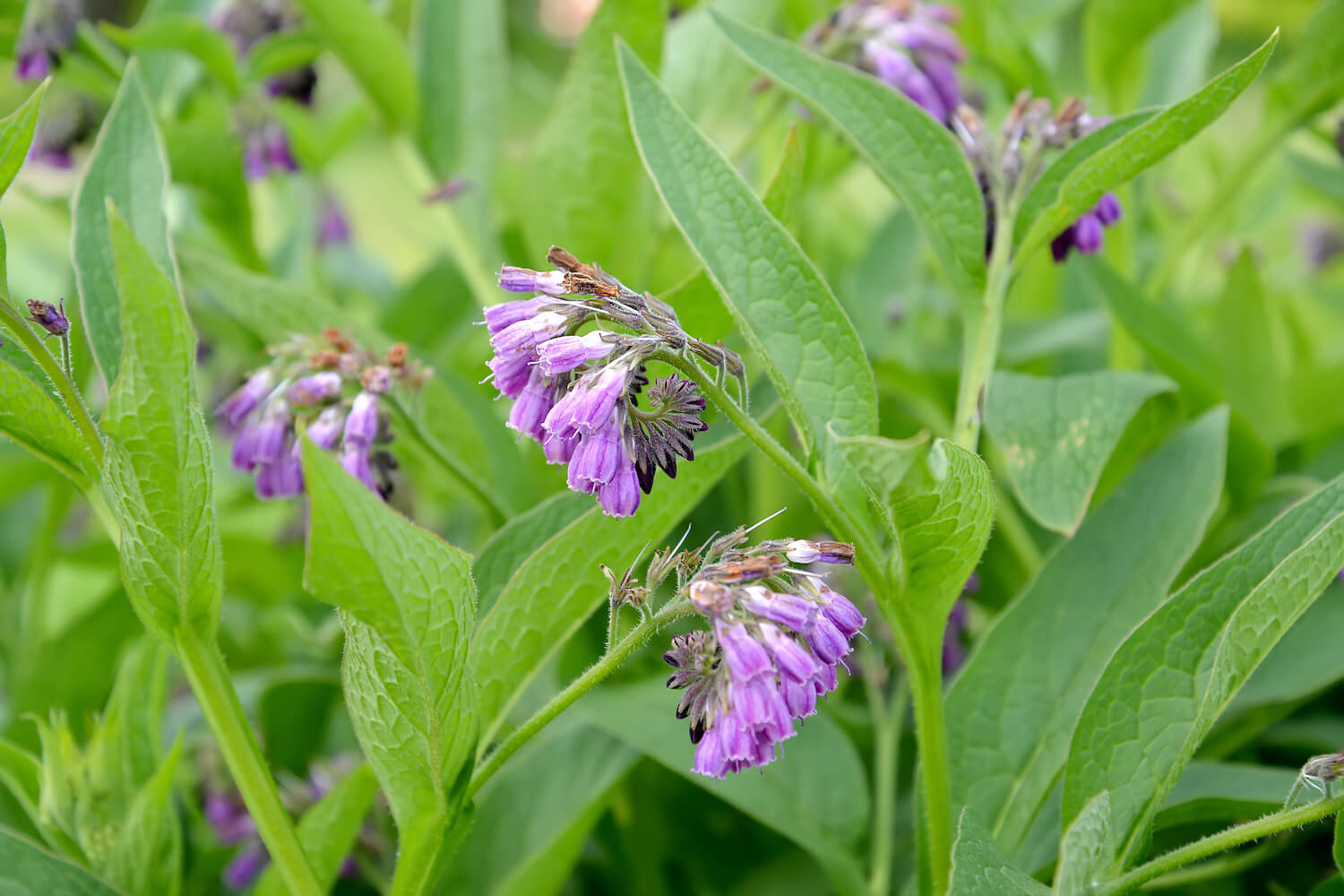
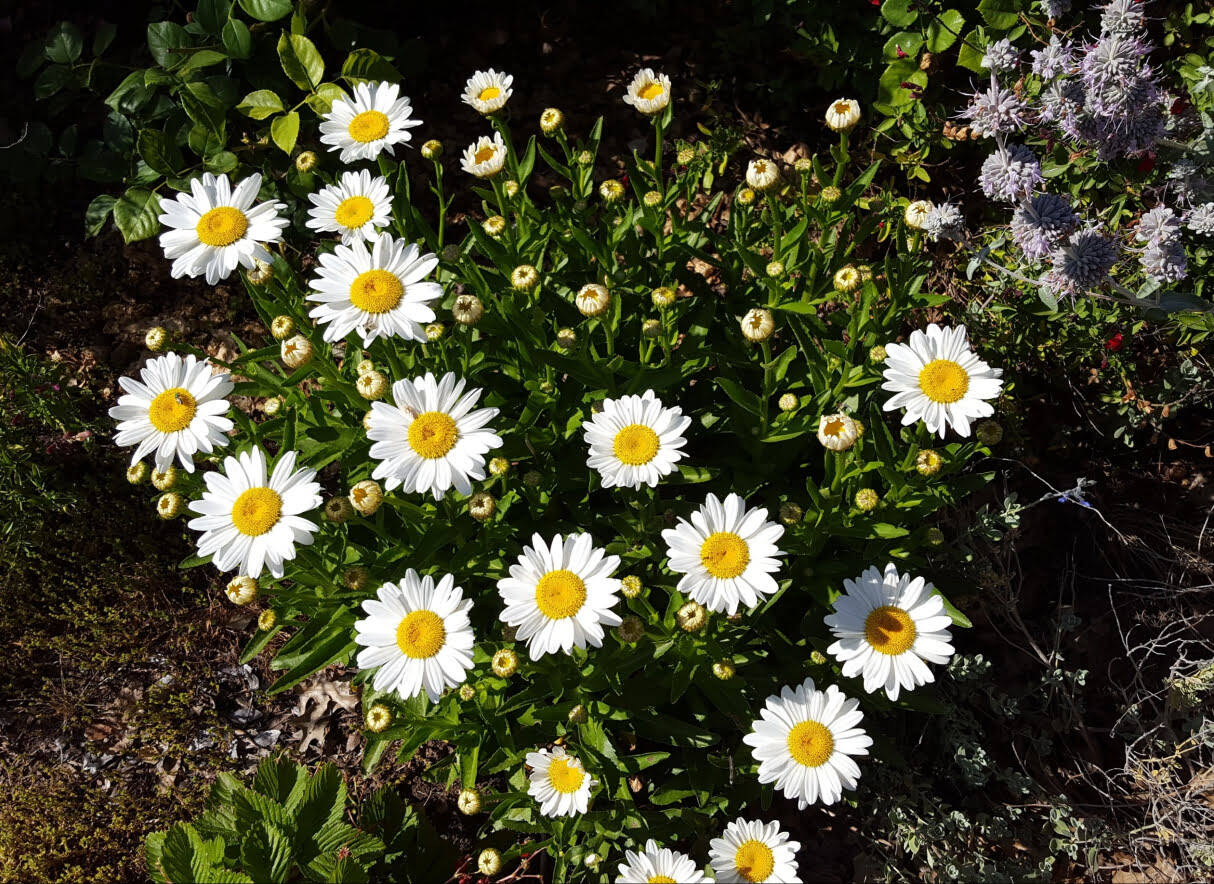
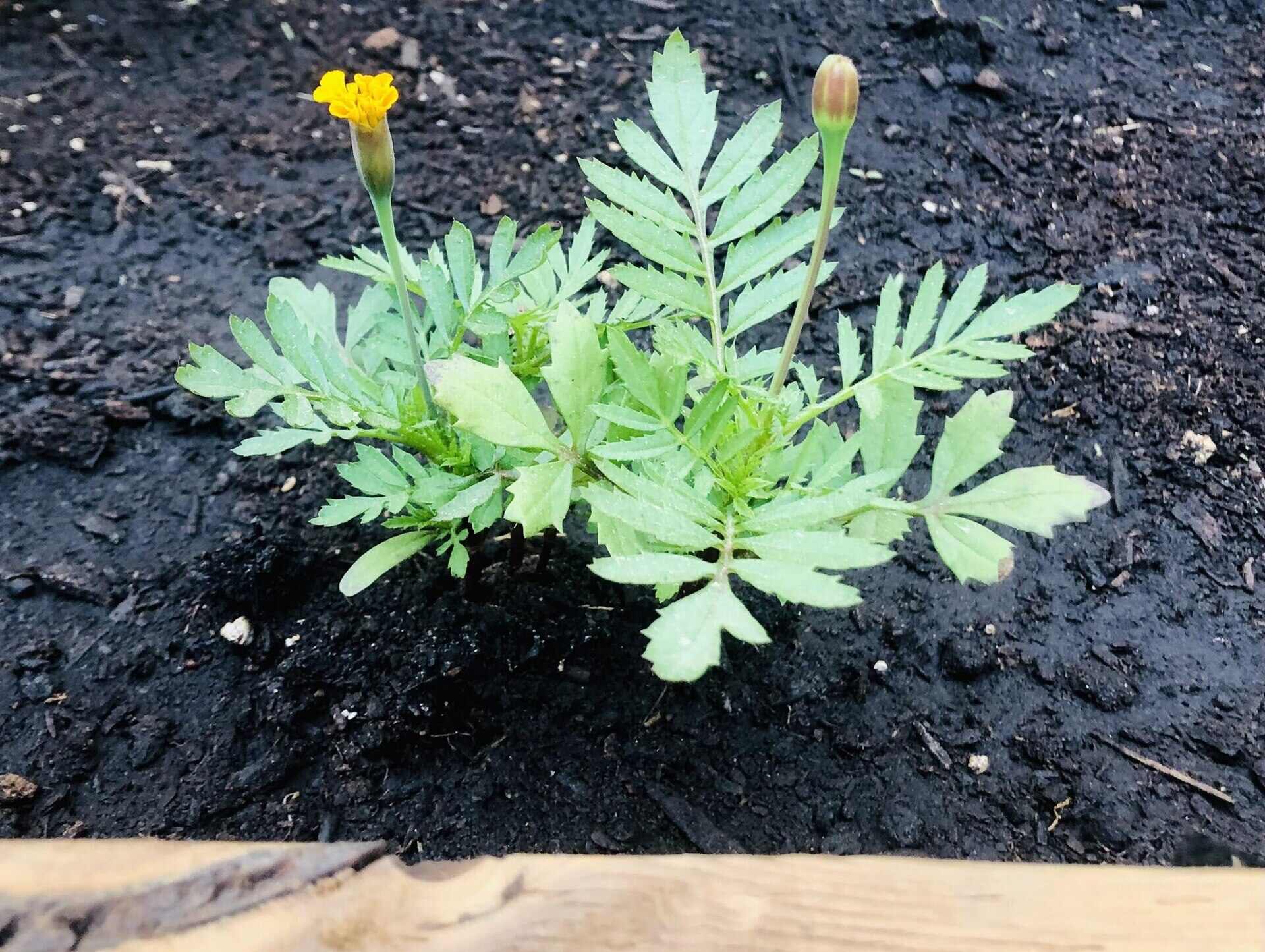
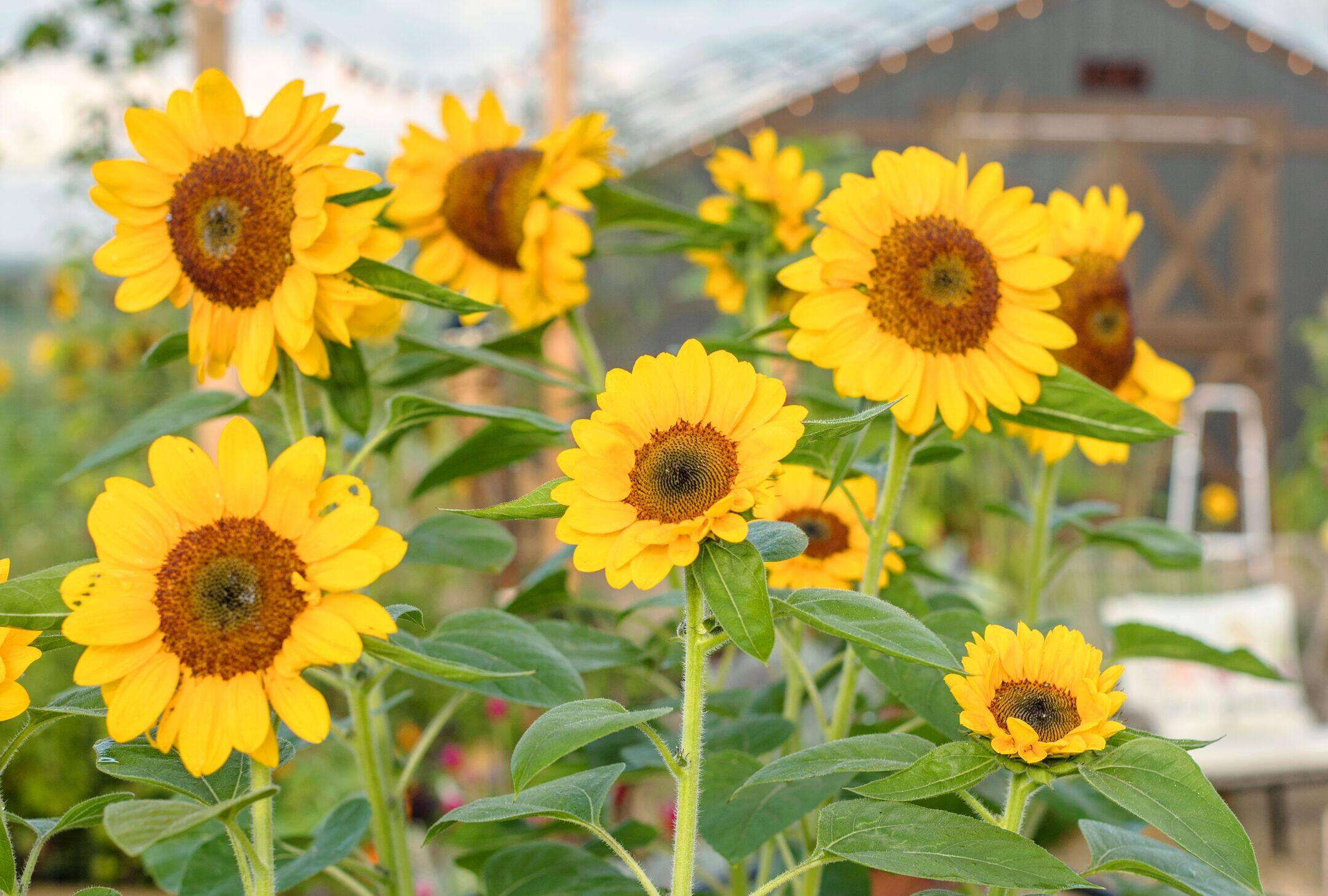
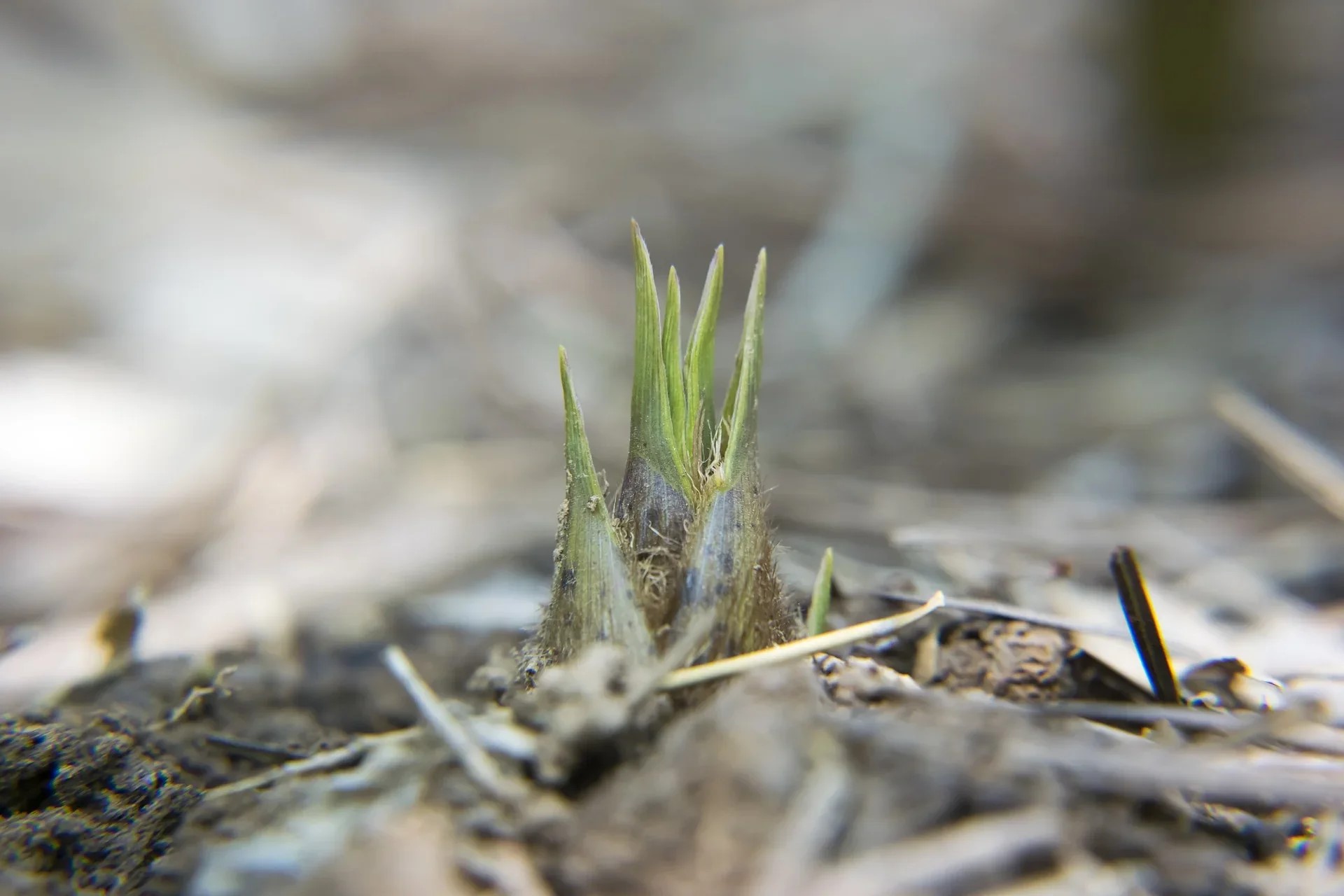
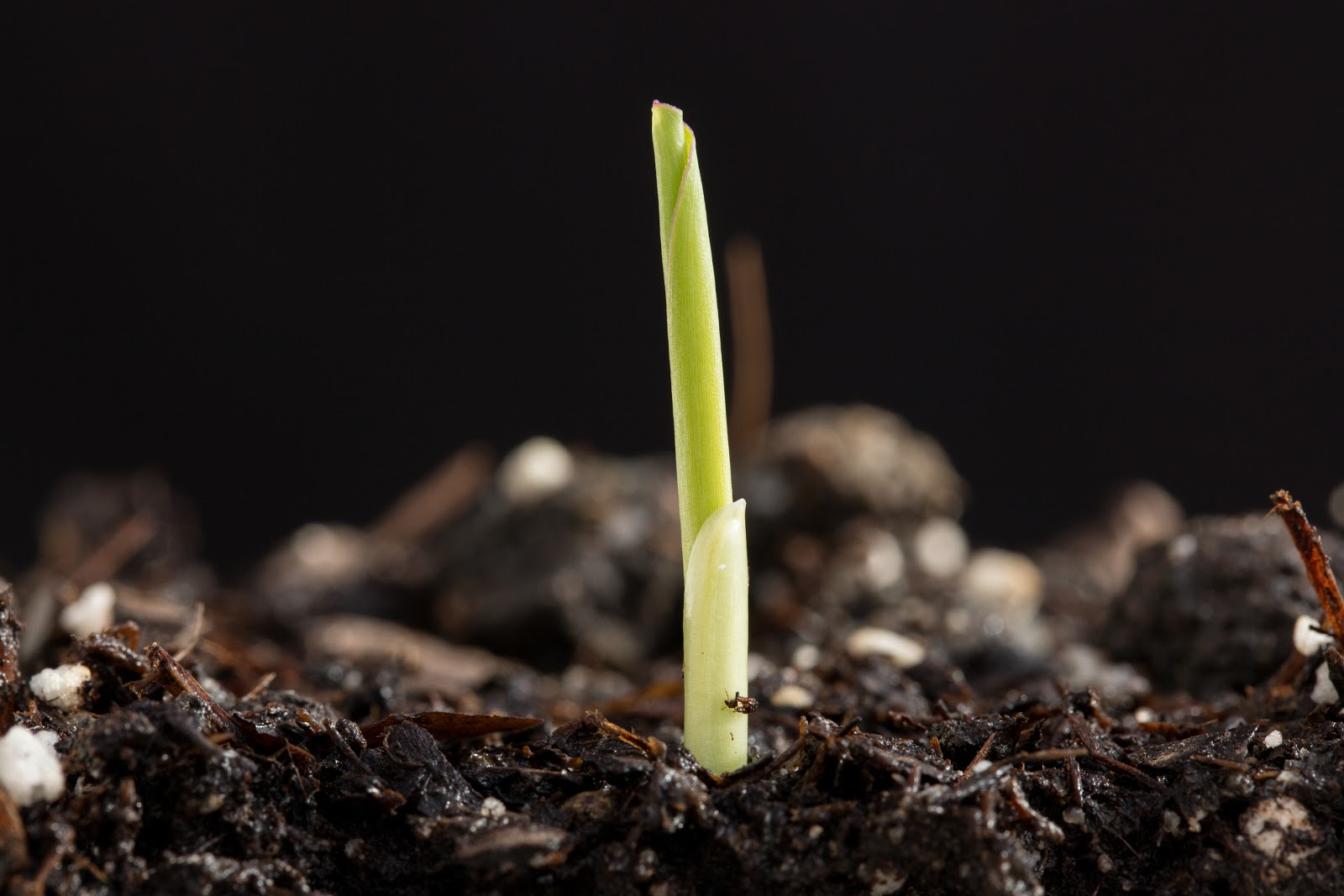
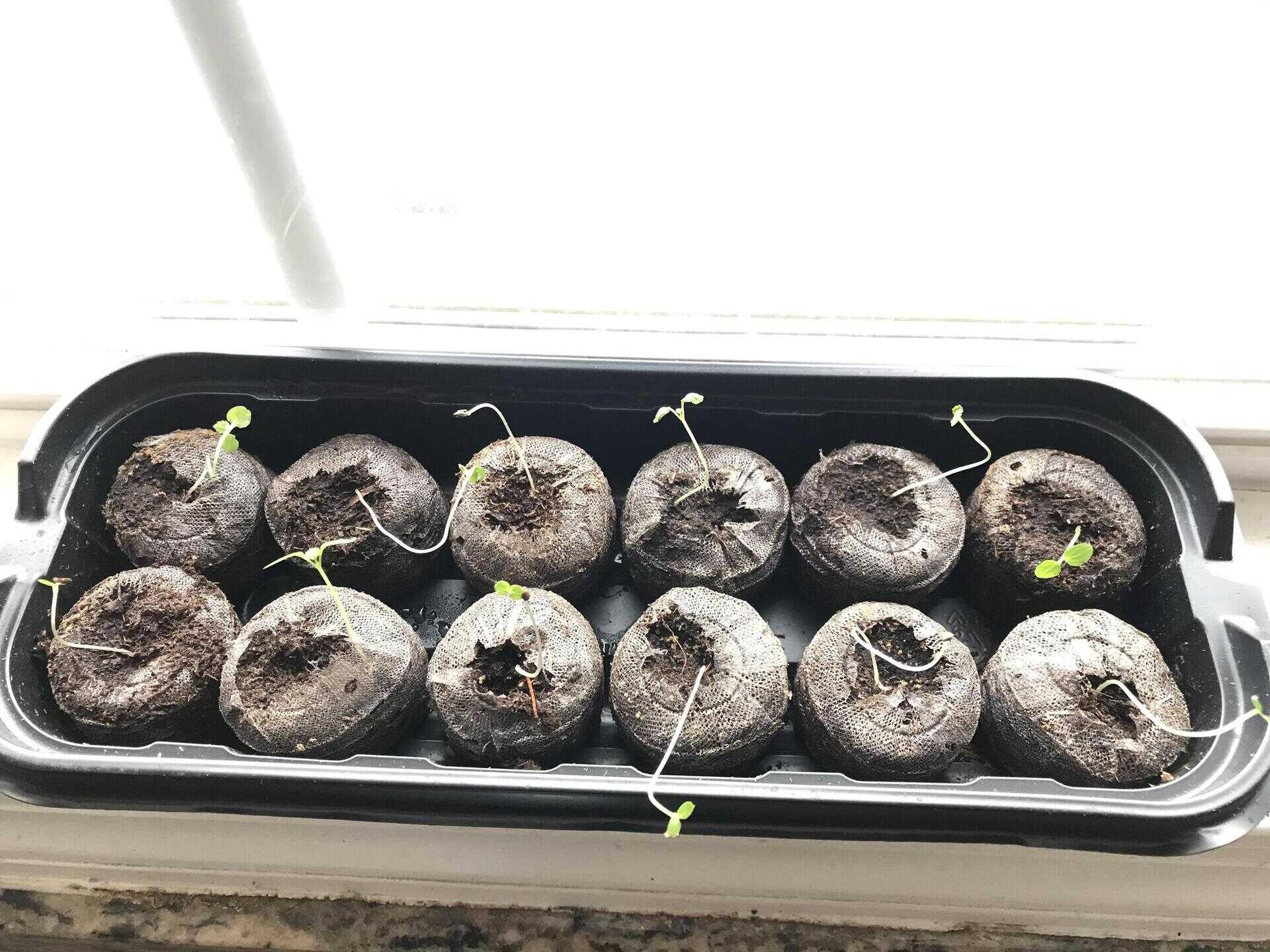
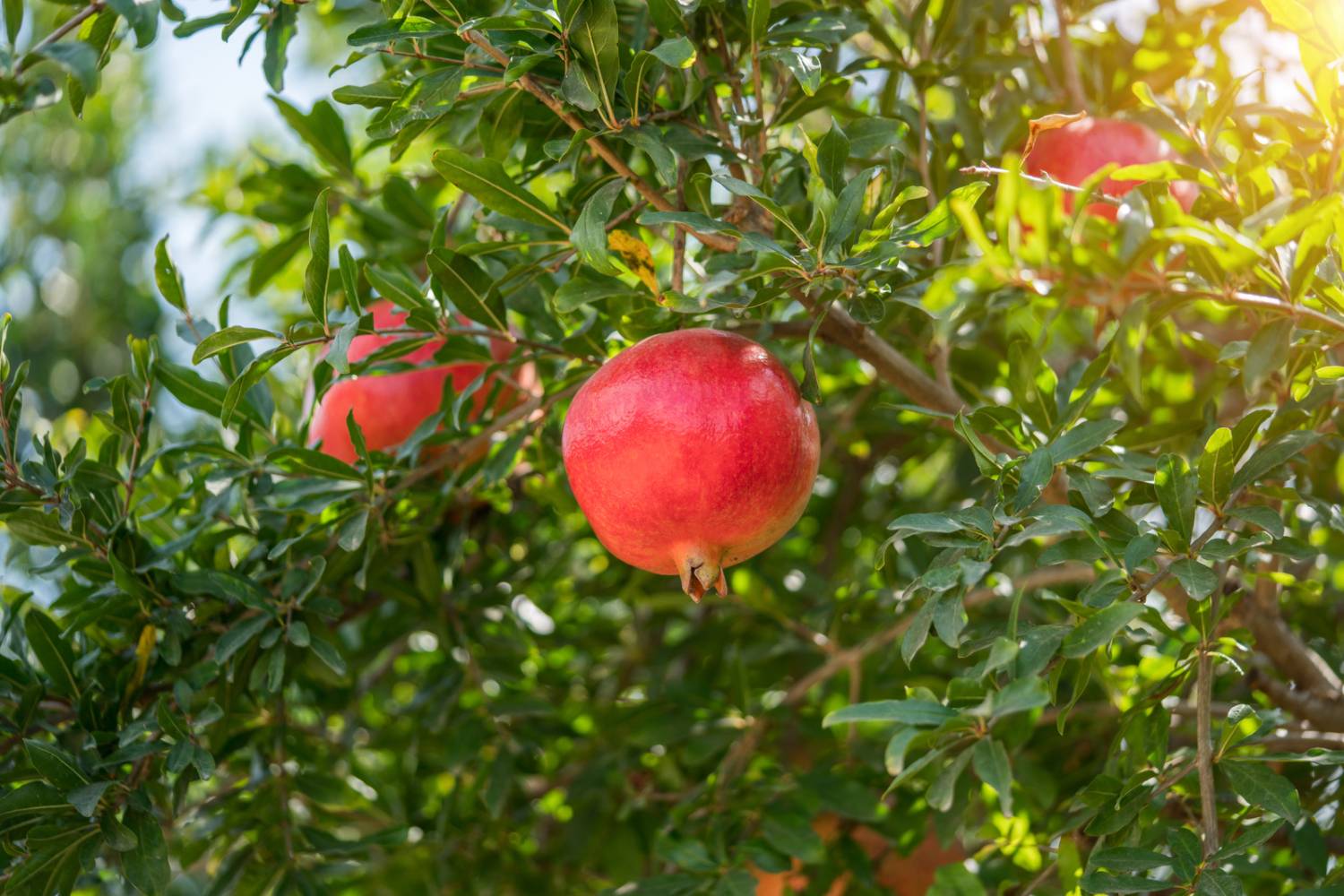
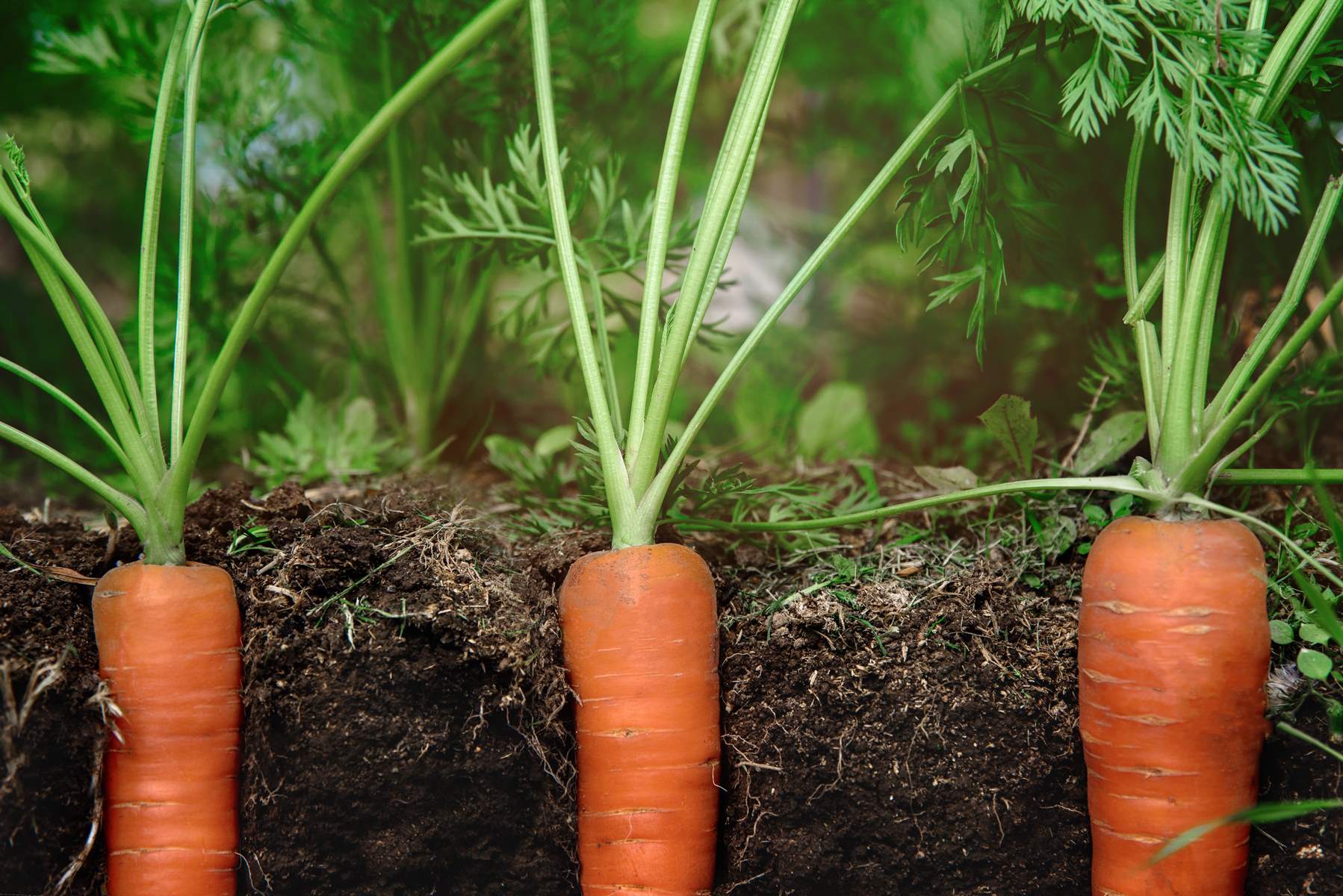
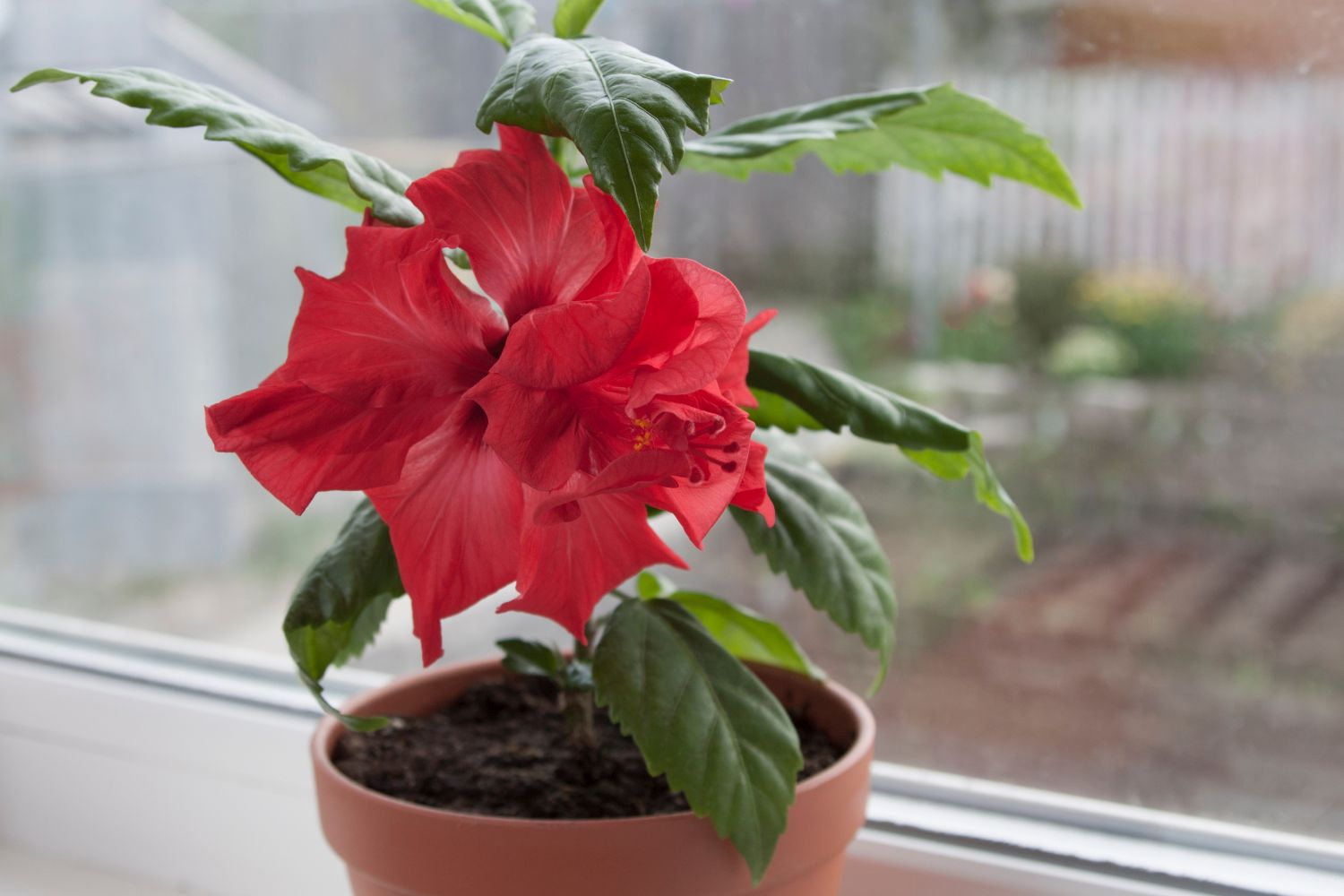
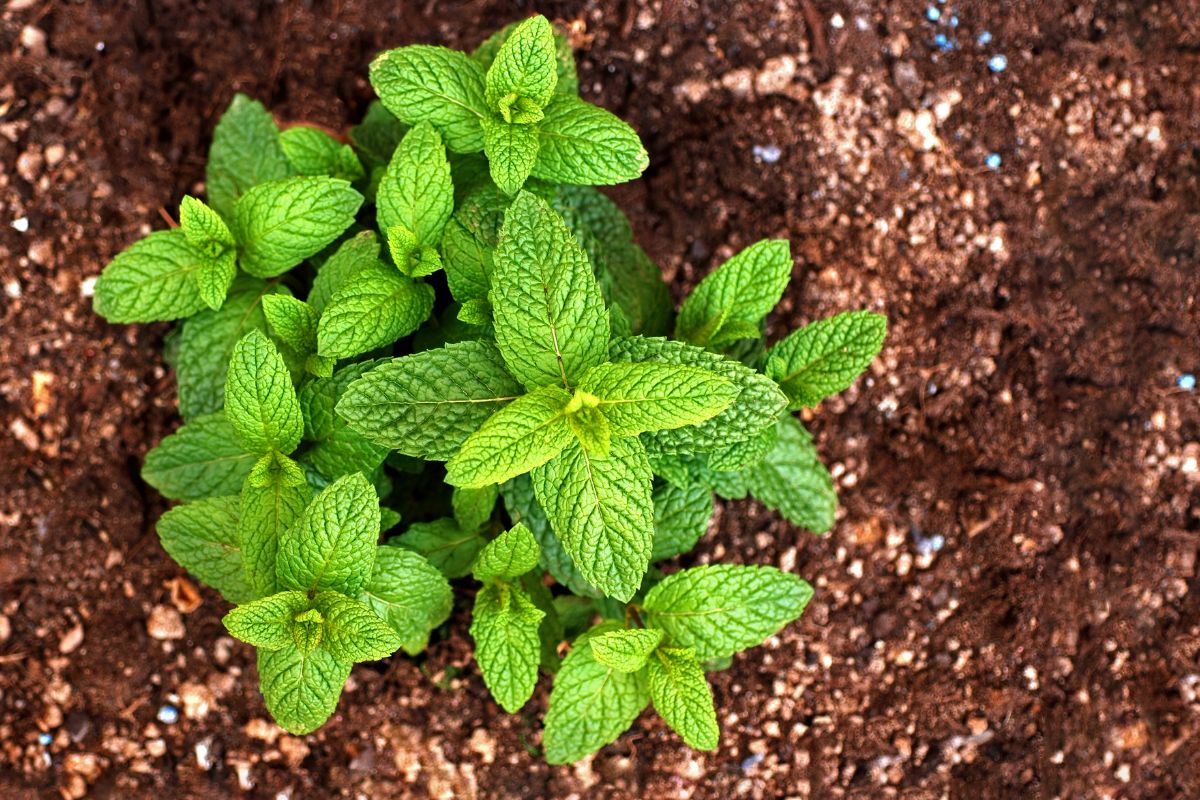

0 thoughts on “How Long Does It Take Cantaloupe To Grow From Seed”